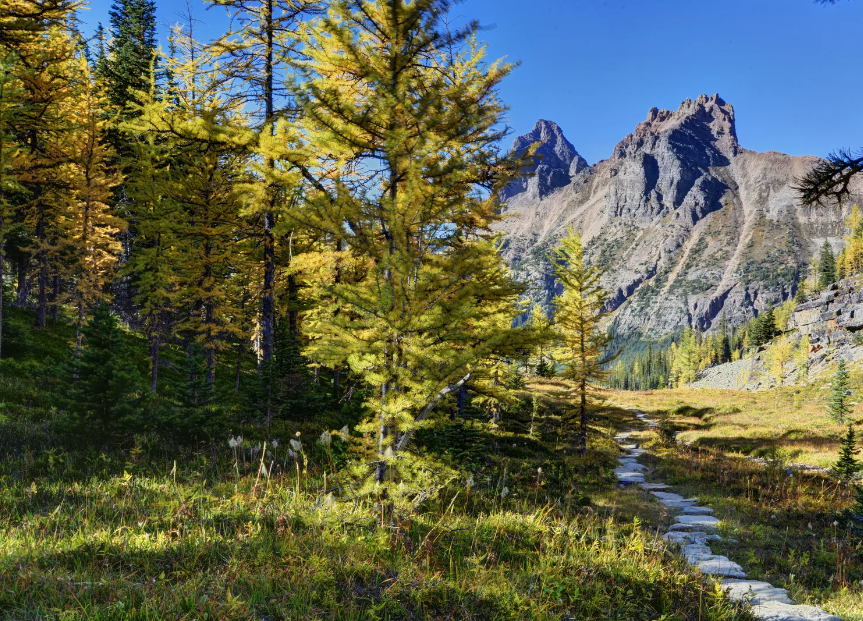Yellowstone National Park, renowned for its breathtaking landscapes and diverse ecosystems, is home to a remarkable variety of trees. From towering conifers to delicate deciduous species, the park’s forests showcase the richness of North American flora and provide vital habitats for wildlife. Let’s delve into the fascinating world of trees in Yellowstone National Park.
One of the most iconic tree species in Yellowstone is the lodgepole pine (Pinus contorta). These resilient conifers dominate vast areas of the park, especially in the subalpine and montane regions. Recognizable by their tall, straight trunks and serotinous cones, lodgepole pines play a crucial role in shaping Yellowstone’s landscape and ecosystem dynamics. They provide habitat for numerous species of birds and mammals while also facilitating forest regeneration through their fire-adapted reproductive strategy.
Another prominent tree species found in Yellowstone is the Douglas fir (Pseudotsuga menziesii). With its distinctive pyramidal shape and aromatic needles, the Douglas fir thrives in a variety of habitats, from moist valleys to rocky slopes. These majestic trees contribute to the park’s biodiversity, offering food and shelter for wildlife and adding to the scenic beauty of the landscape.
Yellowstone is also home to several species of spruce trees, including the Engelmann spruce (Picea engelmannii) and the subalpine fir (Abies lasiocarpa). These evergreen conifers prefer high-elevation environments and can be found in the park’s subalpine forests. With their dense foliage and conical crowns, spruce trees provide habitat for birds and small mammals while enhancing the park’s aesthetic appeal.
In addition to conifers, Yellowstone boasts a variety of deciduous trees, including quaking aspen (Populus tremuloides), cottonwoods (Populus spp.), and willows (Salix spp.). These trees thrive in riparian areas along rivers and streams, contributing to the park’s riparian ecosystems and providing important habitat for beavers, songbirds, and other wildlife.
The diversity of trees in Yellowstone National Park reflects the park’s complex geology, climate, and ecological history. Each tree species plays a unique role in maintaining the health and resilience of the park’s ecosystems, from stabilizing soil and regulating water flow to providing food and shelter for a wide range of organisms.
As visitors explore Yellowstone’s forests, they are treated to a stunning display of natural beauty and biodiversity. Whether admiring the towering conifers, listening to the rustle of aspen leaves, or marveling at the vibrant colors of autumn foliage, the trees of Yellowstone National Park captivate the imagination and inspire a deeper appreciation for the wonders of nature.
If you’re captivated by the stunning natural beauty of Yellowstone National Park’s forests and landscapes, you’ll love discovering the real-life locations that bring the hit series to life. Check out our guide to Real Yellowstone Filming Locations You Can Actually Visit in the West, where you can explore the authentic Western ranches, mountains, and vistas that stand in for the Dutton ranch—perfect for planning your own adventure inspired by the show!
